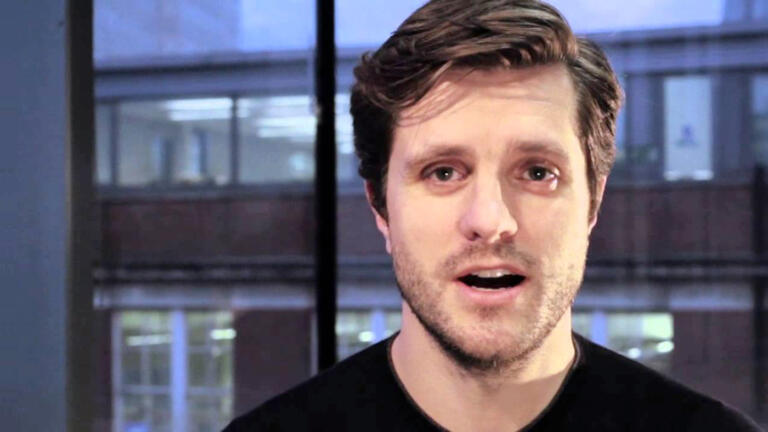Lighting Designer
“A Lighting Designer is in charge of all the lighting aspects of a theatre production – from what types of light are put where in the theatre, to how brightly those lights are turned on during the show, to what colour they’re in, to how they’re focused and to the overall stage picture. So essentially the picture you see on stage is edited and colourised by the Lighting Designer.”
Neil Austin
Role
A Lighting Designer is in charge of all the artistic decisions for the lighting of a production. They work closely with the director and designer to create a lighting design that’s integral to the overall look and feel of a production. This could be literal, by indicating time of day or location, marking the passage of time, or more abstractedly representing mood or atmosphere.
A good lighting design combines with all the other elements of a production – playwright, actors, director and designers – to help tell the story.
Key Skills
Responsibilities
- Reading a script carefully, being aware of references to lighting relevant to both time and place
- Working with the Director and Designer to design a world of light that supports a production, adding to and enhancing the overall effect of the performance
- Drafting a lighting plan and liaising with a Chief Electrician/Production Electrician/Lighting Technician to enable them to rig the lights and realise the design
- Focusing the lights – pointing them in the correct direction, deciding how large and what shape the light from each instrument needs to be and in what colour
- Plotting the lights – making the stage pictures for each moment/scene in the production by turning on lights, choosing a level, colour, focus for them to tell the story of that particular moment of the piece
Training
Vocational training in Lighting Design is available within drama schools but most Lighting Designers start without any formal training in the field of lighting design. Instead they learn on-the-job by working as Lighting Technicians, operating lighting equipment and programming lighting desks, and learning from more experienced designers.
Work placements in theatres are a good way into the profession. Student and fringe theatre also offer good opportunities to develop skills and establish industry contacts.
Courses
Other courses are available. Those above represent a sample from various drama schools and universities.
Further Reading
- Light Fantastic – The Art and Design of Stage Lighting by Max Keller, 1999
